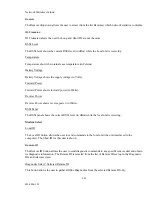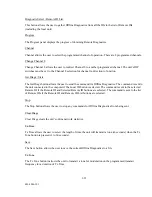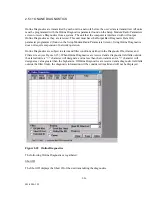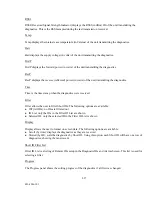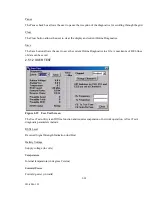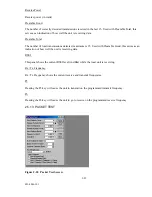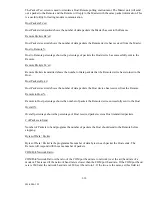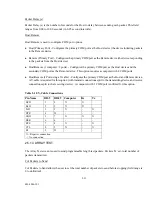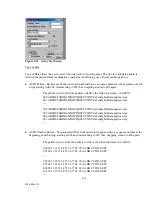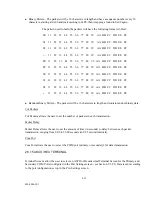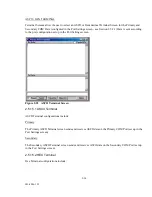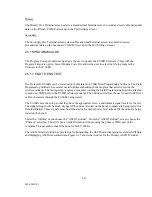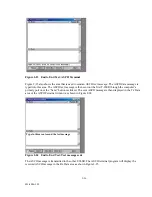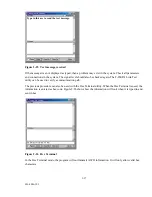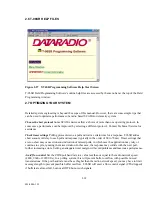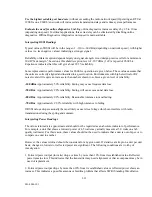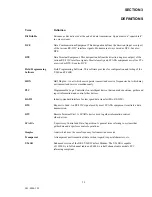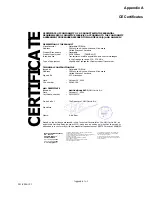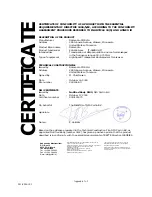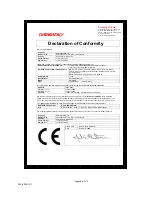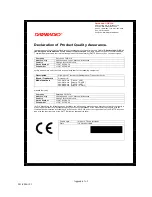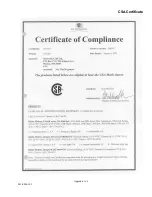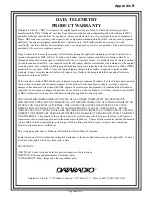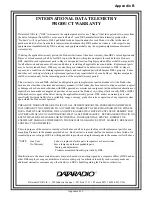
2-38
001-4006-101
2.6 T-96SR HELP FILES
Figure 2-27 T-96SR Programming Software Help Start Screen
T-96SR Field Programming Software’s online help files are accessed by the menu bar at the top of the Field
Programming window.
2.7 OPTIMIZING YOUR SYSTEM
Detailed system engineering is beyond the scope of this manual. However, there are some simple tips that
can be used to optimize performance of a radio based SCADA or telemetry system.
Choose the best protocol
Some SCADA devices allow a choice of more than one operating protocol. In
some cases, performance can be improved by selecting a different protocol. Contact Technical Service for
assistance.
Check timer settings
Polling protocols issue a poll and wait a certain time for a response. T-96SR adds a
short amount of delay to each poll and response (typically in the order of 60 to 70 ms). Timer settings that
are too short may cause erroneous indication of missed polls, in which case the application may retry or
continue to cycle, ignoring the missed station. In this case, the response may collide with the next poll,
further increasing errors. Setting an adequate timer margin will avoid problems and maximize performance.
Avoid flow control
Set the COM port baud rate to a value less than or equal to the radio network speed
(4800, 9600 or 19200 b/s). In a polling system, this will prevent buffer overflow with possible missed
transmissions. If the port baud rate must be set higher than the radio network speed, you may have to limit
message length to prevent possible buffer overflow. T-96SR will exert a flow control signal (CTS dropped)
if buffers are almost full, but not all DTE honor such signals.

